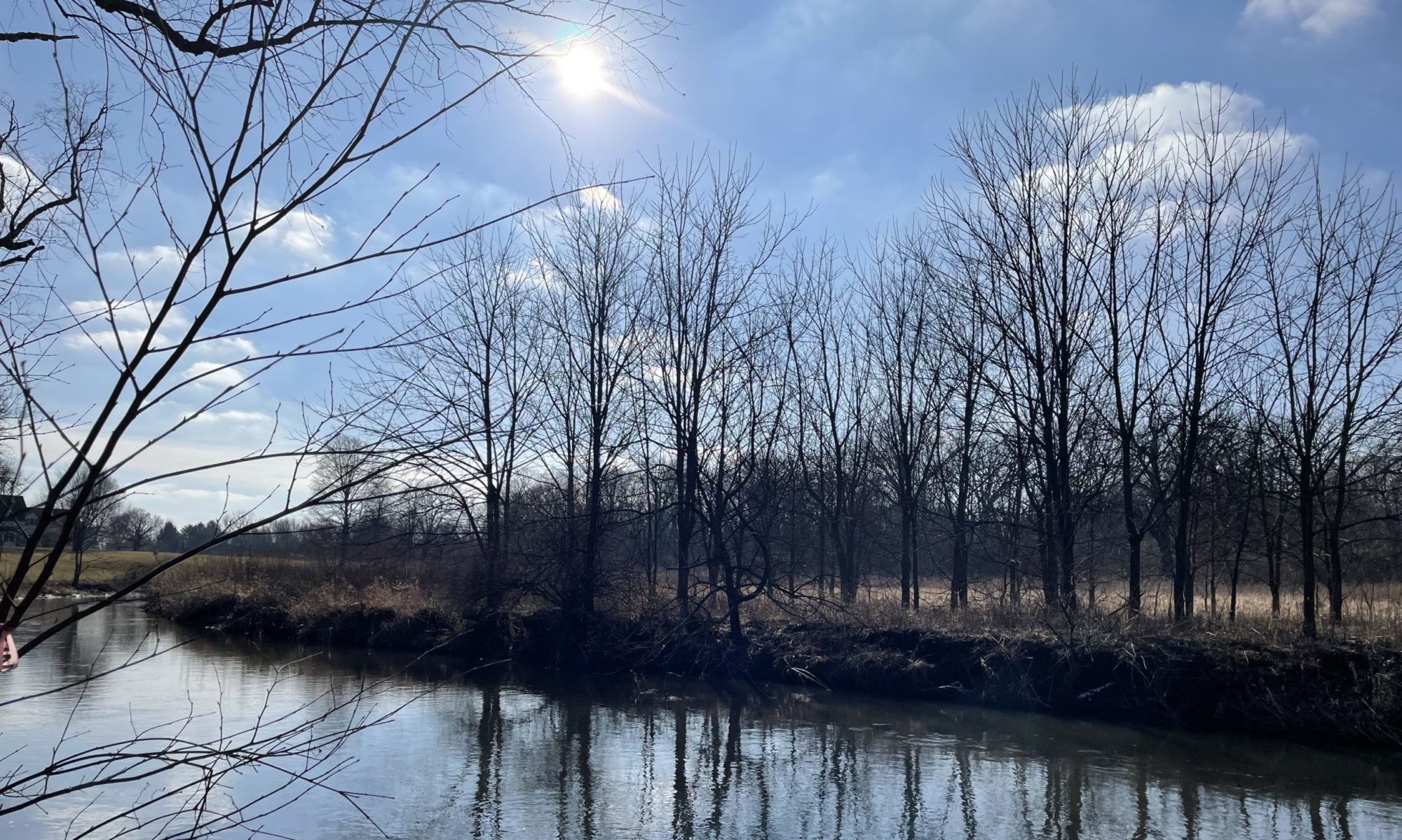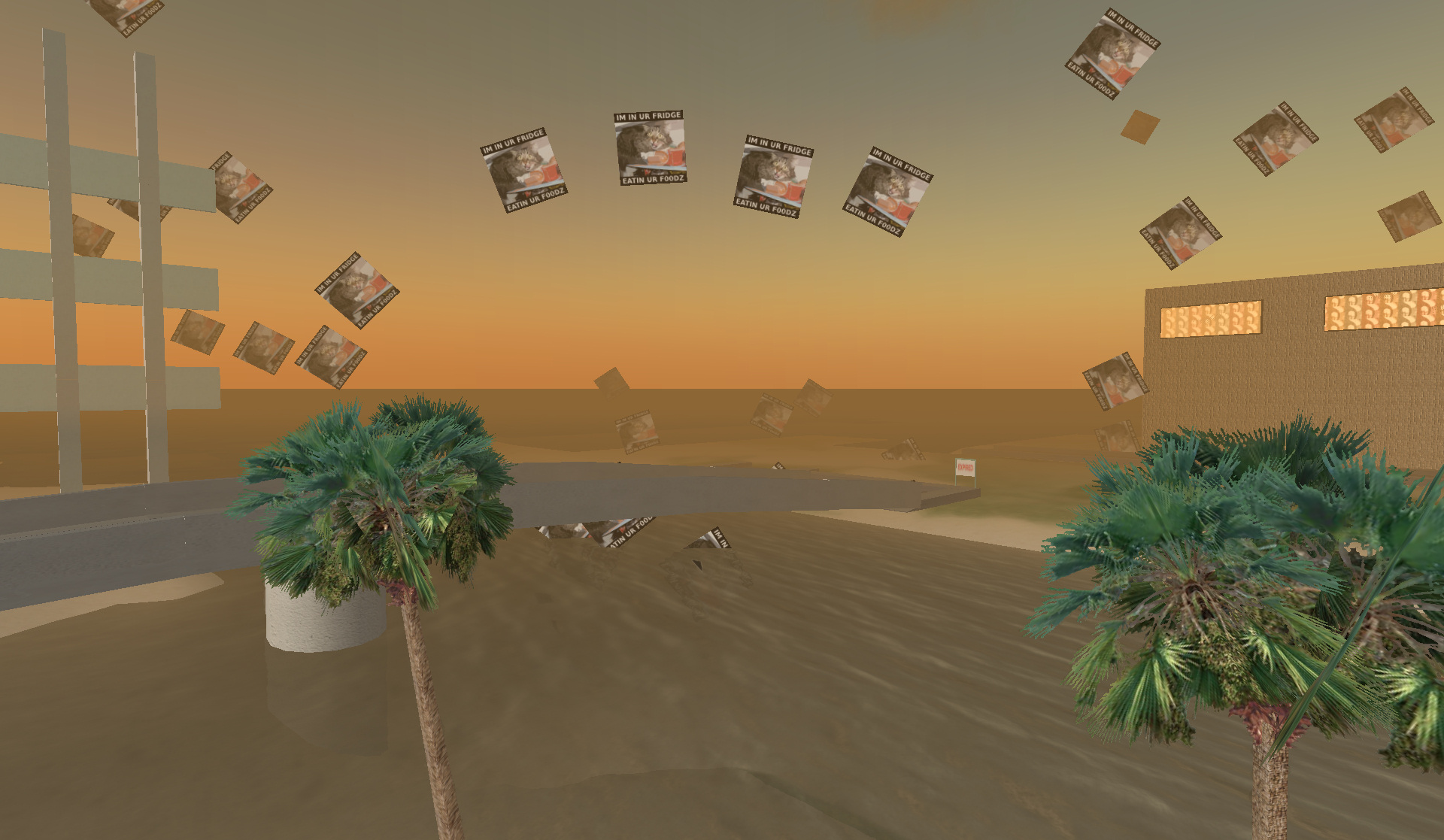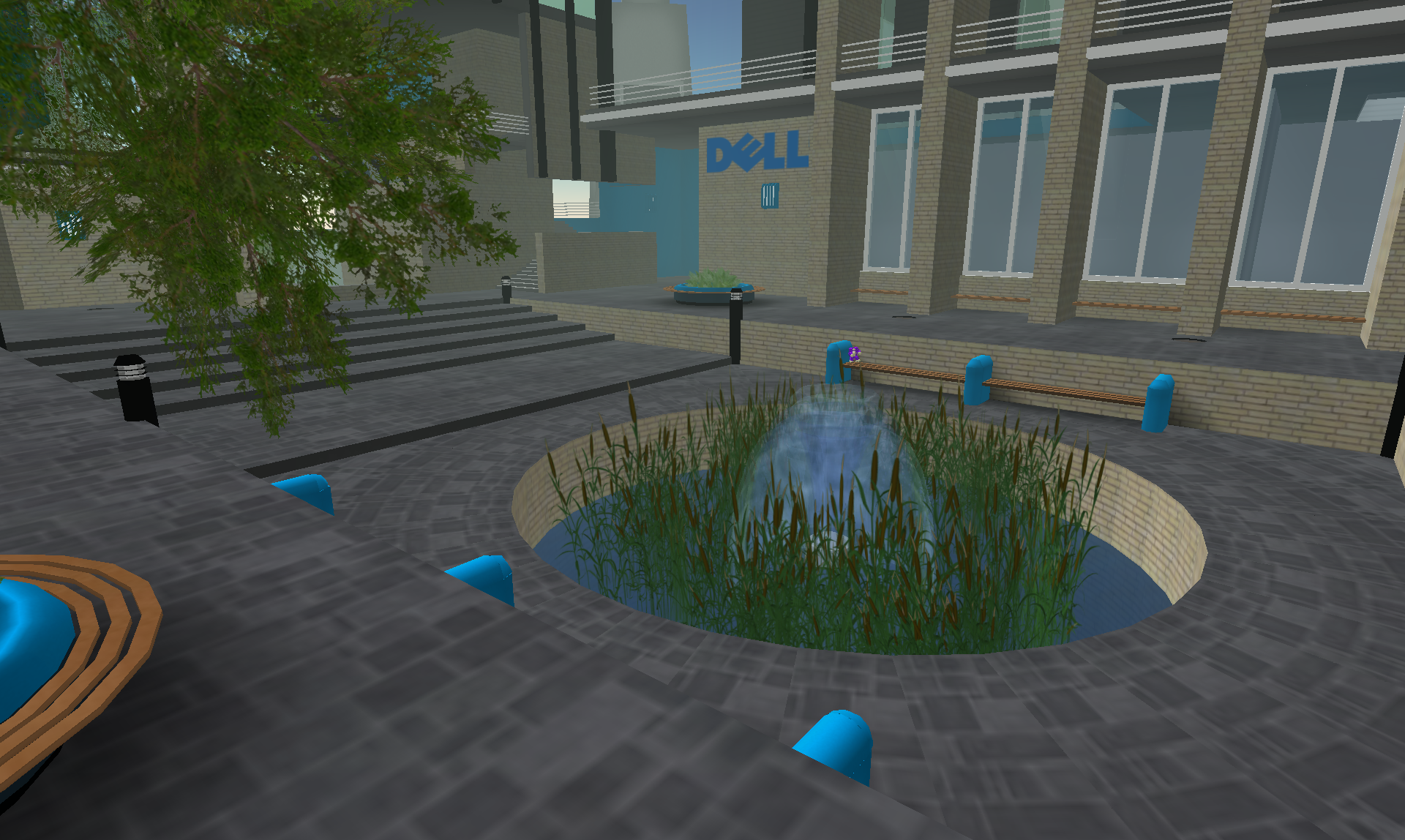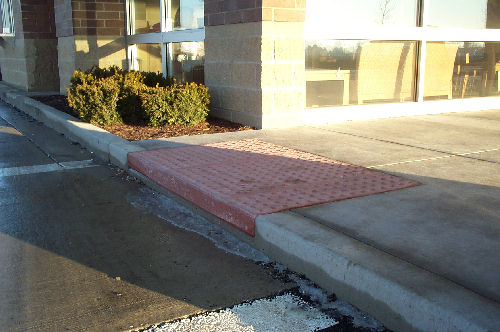I often read about the complaints in Second Life about the development that occurs in the “mainland†area of this metaverse. For those of you who are not familiar with the term “mainland,” Second Life has two types of land. Mainland is the virtual land that is owned and terraformed by Linden Labs and sold to individuals who can then subdivide and sell this land to others. (Much in the same manner that the United States created the Public Land System and sold land patents to generate income for the federal government.) The other type is estate land that is sold as a full sim or island with an area of 65,536 square meters. Private islands must be ordered and owned by an individual who then has the power to terraform the land to suit a particular purpose. The owner can rent this land to others or keep it for private use and always has control over what can be built on that island. However, an owner cannot subdivide this island and sell off parcels – only the entire island can be sold to another individual.
 (The photo below shows a typical private island development. Note the well-organized layout, attractive build, streets, public places, and landscaping. There is a distinct lack of objectionable objects and structures.)
The problem with mainland is that there are no subdivision, zoning, or building regulations, and people in Second Life are upset about what ends up getting built next to or near them. Now, I know that all of you who work with these issues in real life could have predicted that this would happen. Don’t we all hear it everyday at work, even with all the rules and regulations that we have in place. The bottom line is that everyone wants to do what they want to do, and they get upset and irate if the rules prevent them from doing it. But when their neighbor does something that may be allowed but that they don’t like, they demand a new rule to prevent it. This goes back to the challenge in our country of trying to ensure everyone the “pursuit of happiness†idea from our Declaration of Independence. What happens when your pursuit conflicts with mine. That is the eternal struggle faced by our politicians – who do they legislate for? Linden Labs has decided not to try to decide that – the pursuit of happiness is not guaranteed in Second Life.
(The next photo shows a typical mainland development where parcels have been subdivided into such small sizes that they only support ads. Although there is a public road here, there is no distinct route and there are images and builds that may be objectionable to some.)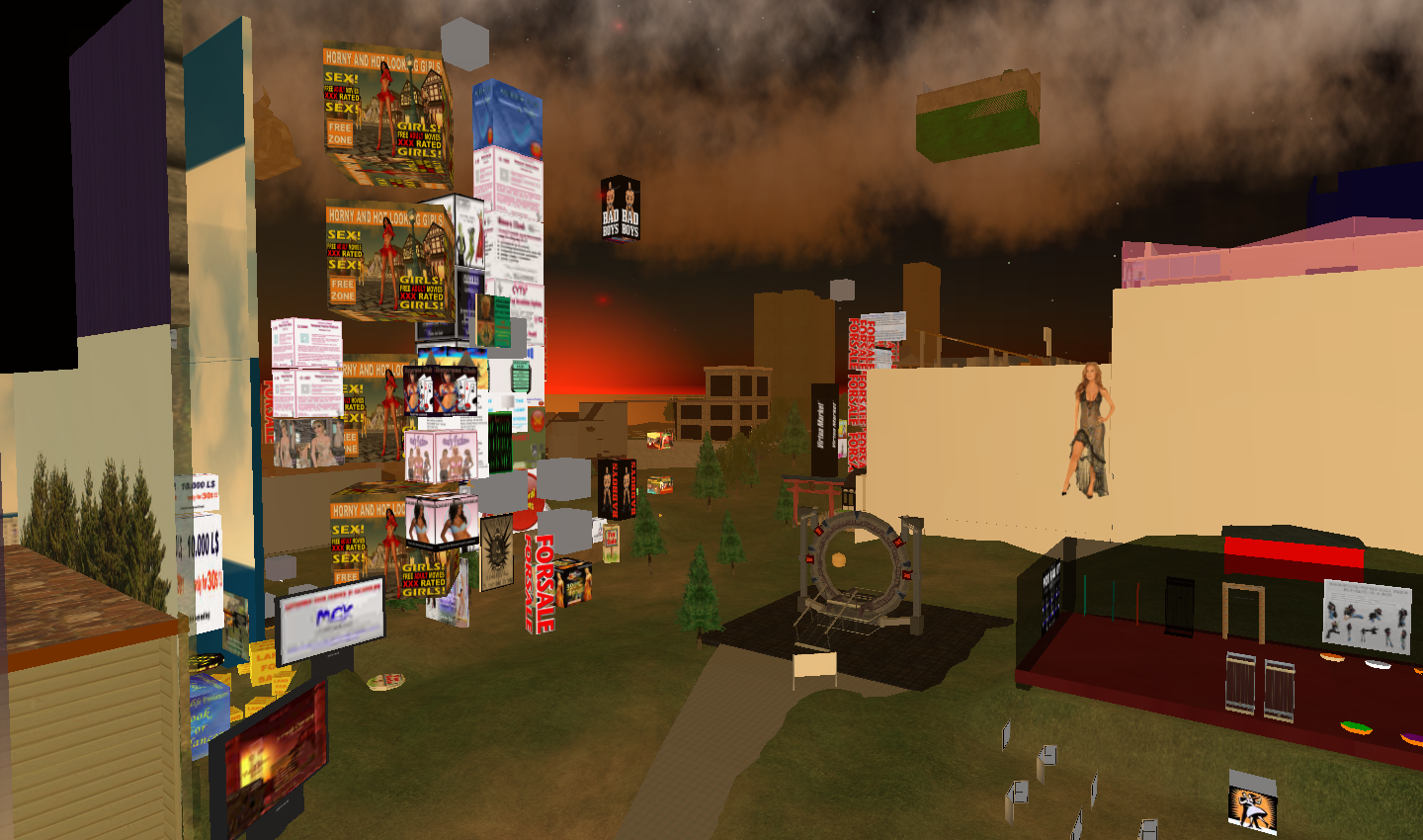
This new frontier has been compared to the Wild West of the United States in how it is developing; people build what they want. If someone doesn’t like it, they try to use their own ingenuity to either ignore it or drive it away. (Of course, in the Wild West, the use of firearms seem to take care of a lot of these problems.) Linden Labs has created the ultimate experiment that illustrates how people will plan, develop, build, and inhabit their world when limited only by imagination, money, and time. This type of experiment could never have been done in real life. And now all of us who work with zoning, planning, and building in real life can watch as this experiment unfolds. We can observe the behaviors and outcomes that result from this type of development and learn from it. There are many insights that could come out of a professional analysis of development in Second Life. How these types of behaviors led to our own rules and regulations. What happens when all rules and regulations are suspended. How people attempt to resolve problems when they have no government to rely on. Perhaps there are some solutions here that can be implemented by those of us dealing with this on a daily basis.
Maybe next time that person comes in to complain about how her neighbor put up a bright pink fence, I can suggest a prim wall with a scene of her choice….
